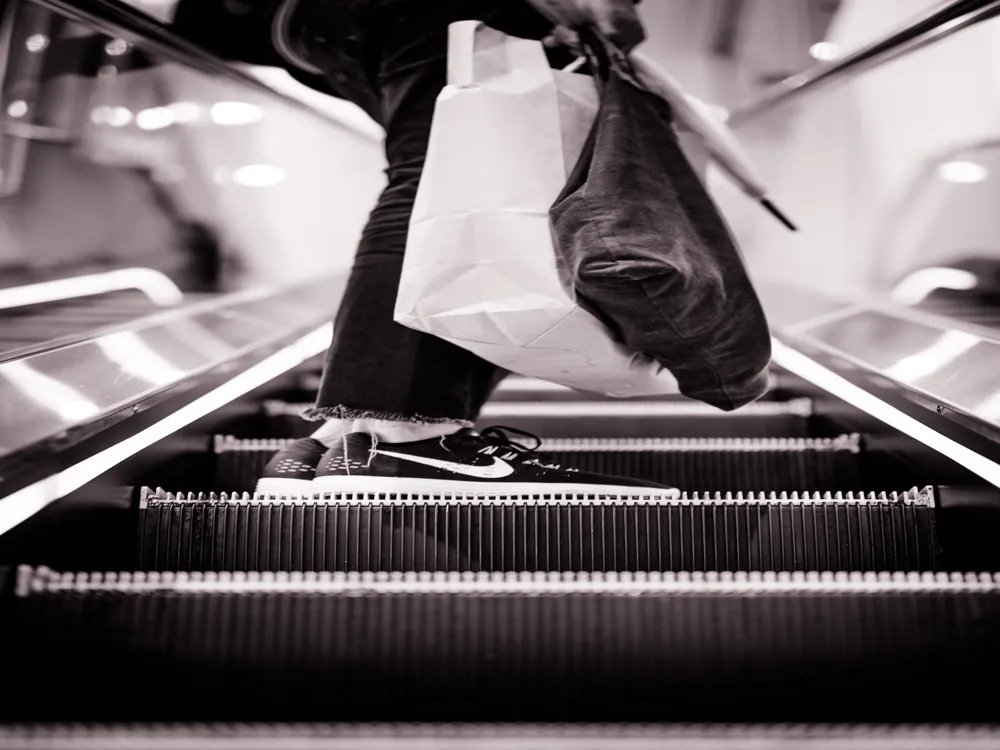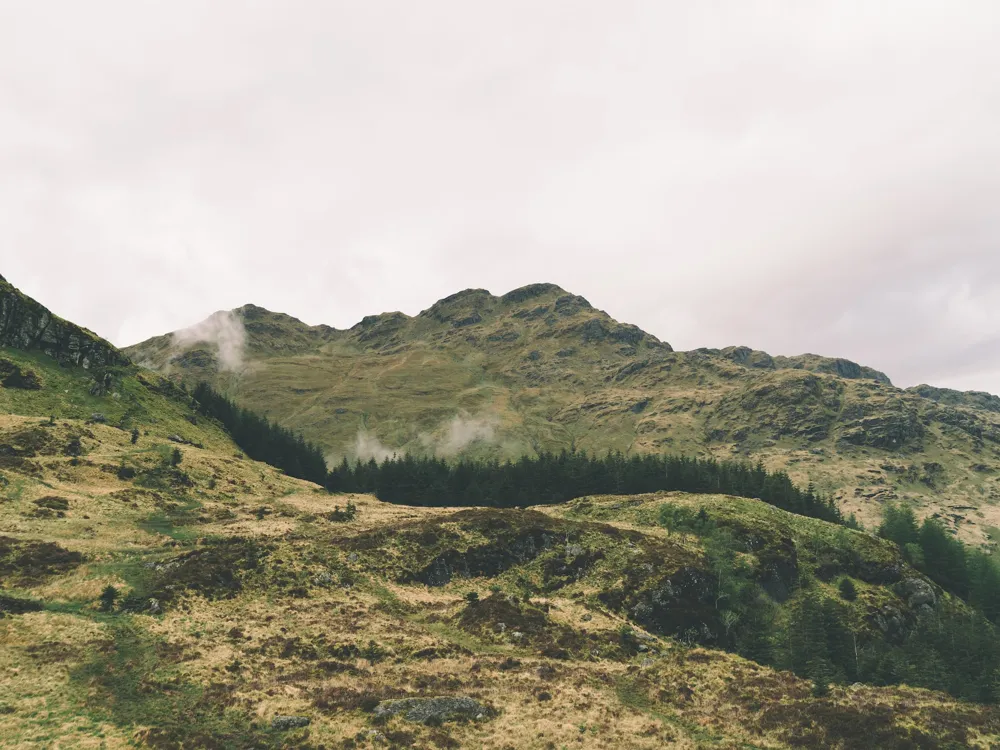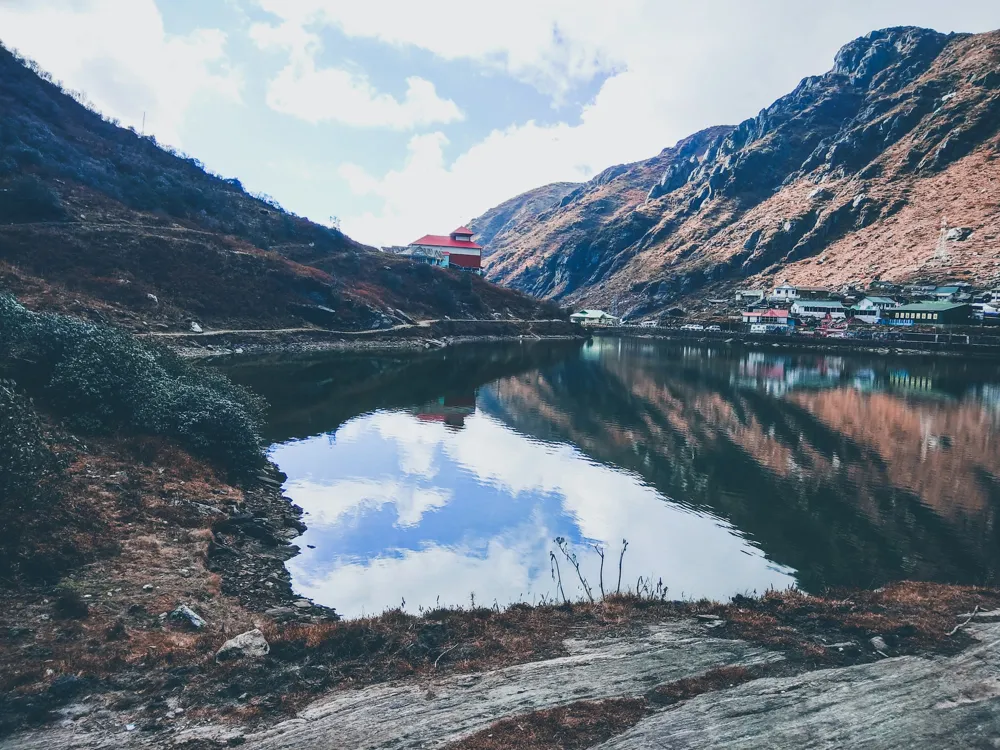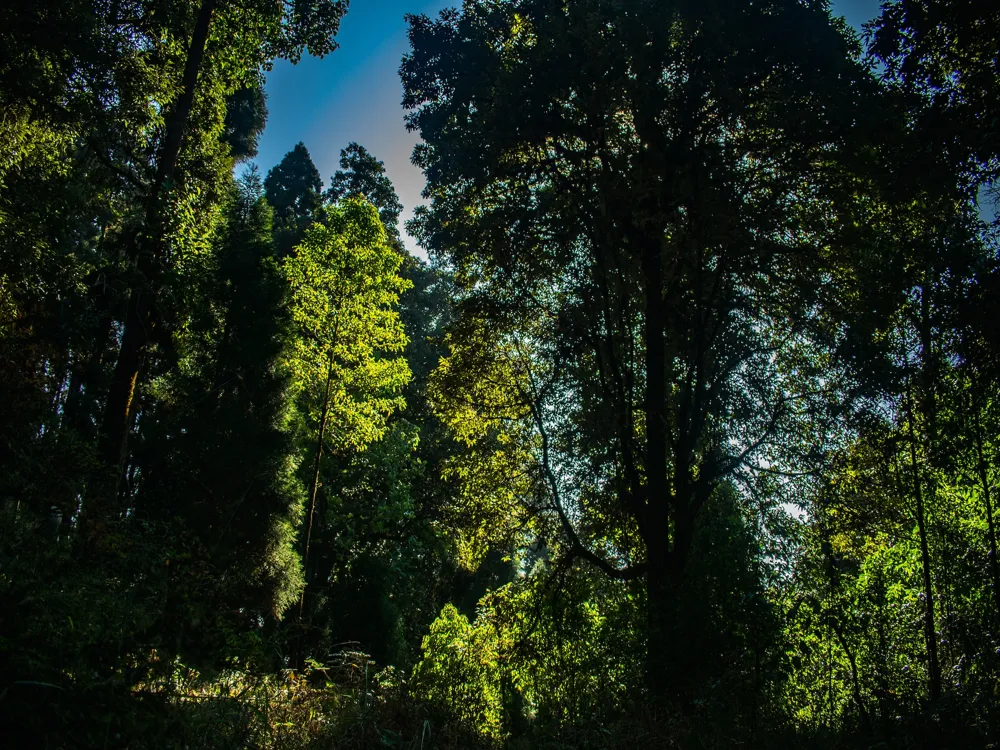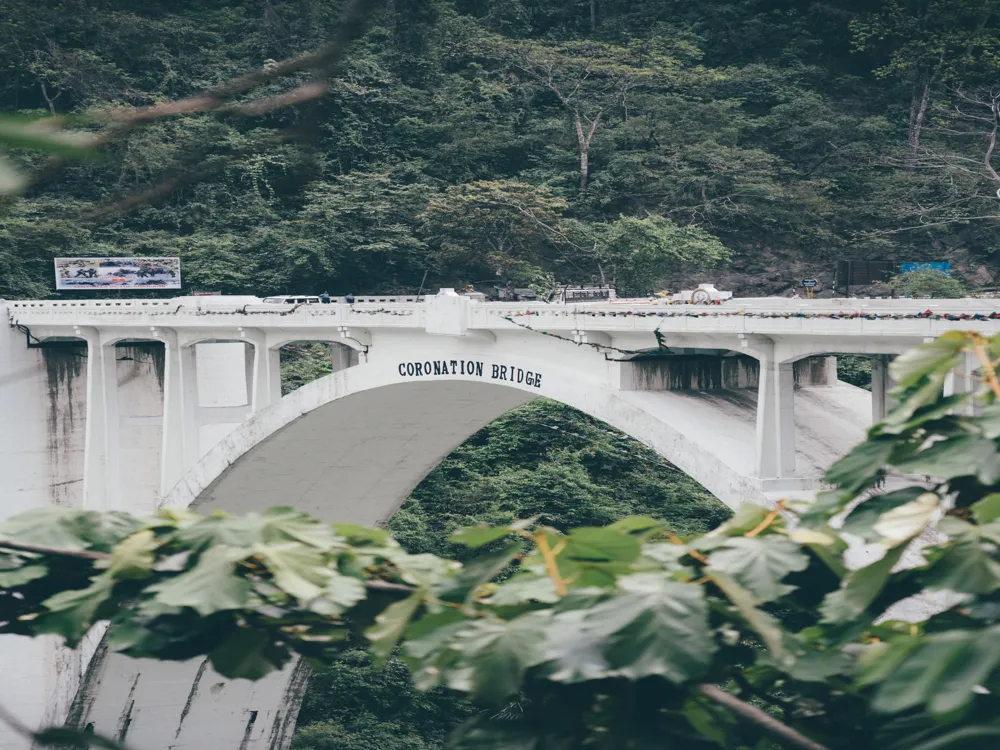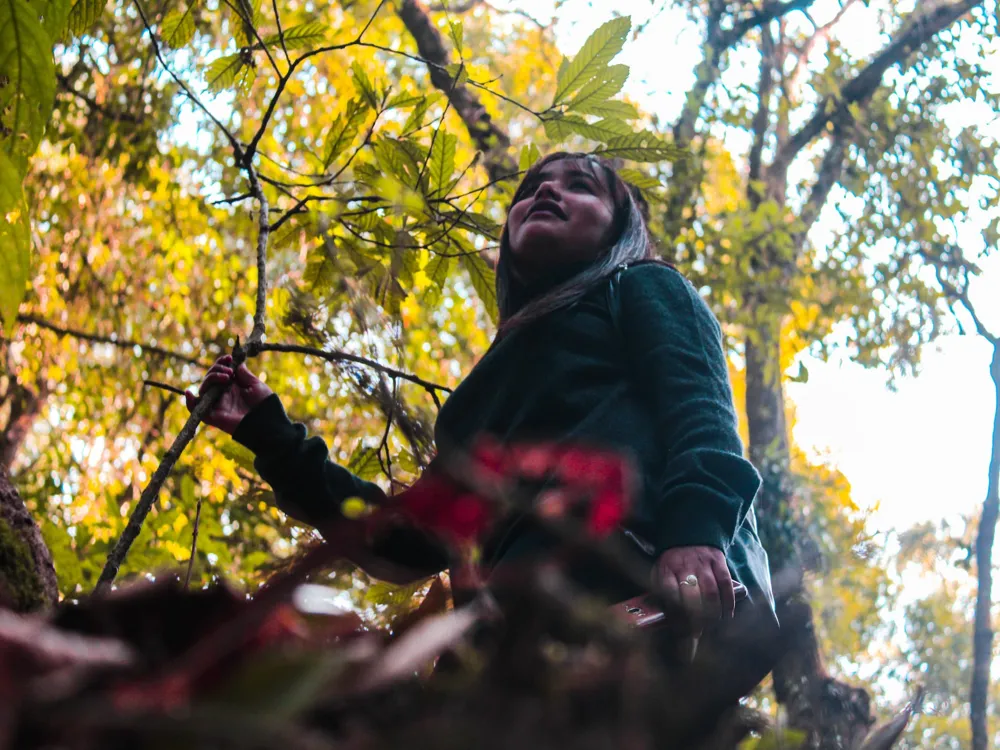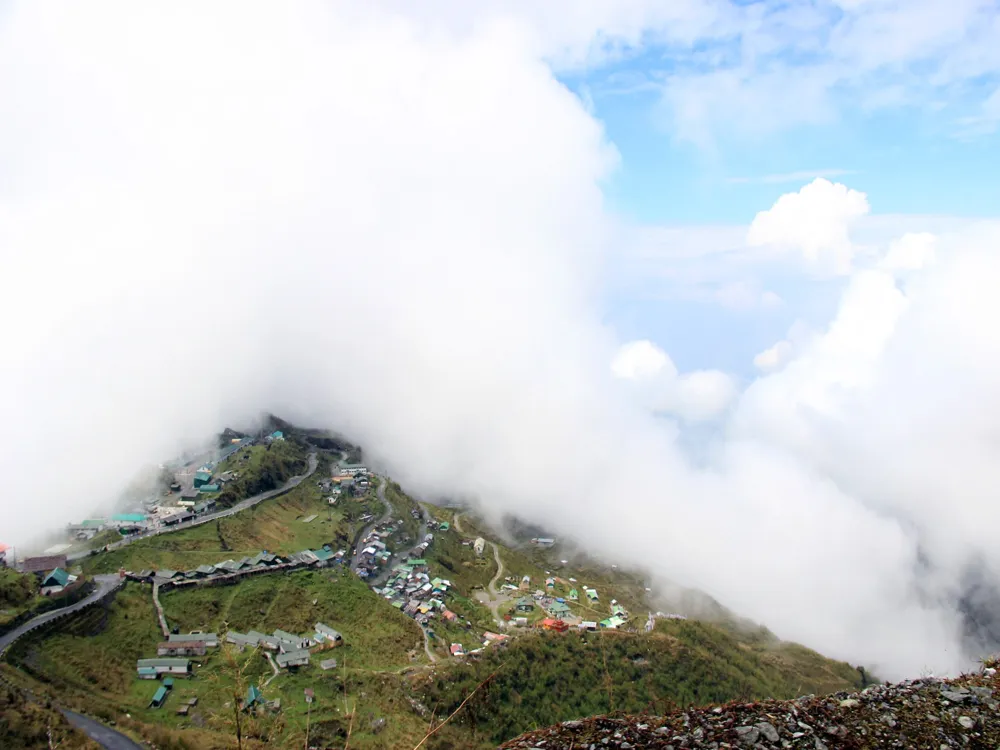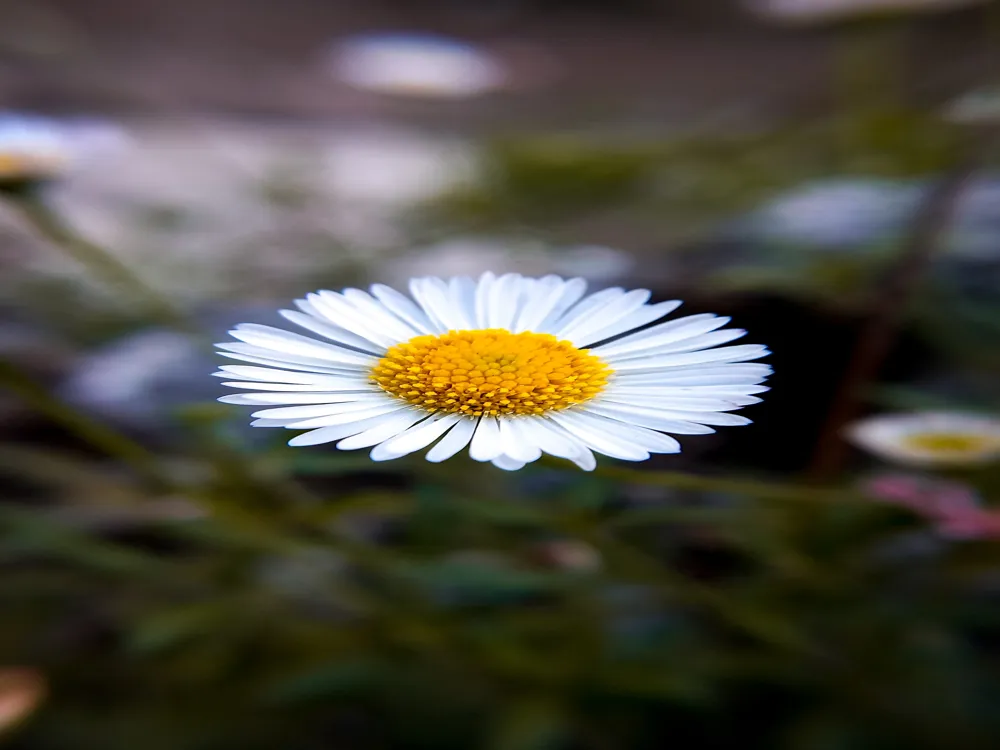Crockety, a historical bungalow in Kalimpong, West Bengal, stands as a testament to the region's rich colonial past. Nestled amidst lush greenery and scenic landscapes, Crockety is not just a building; it's a journey through time. Built during the British Raj, this architectural marvel has witnessed the evolution of Kalimpong from a quiet hamlet to a bustling town. The history of Crockety dates back to the early 19th century when it was constructed by British wool traders. The bungalow served as a pivotal point in the wool trade route from Tibet through Kalimpong to the markets of London. Over the years, Crockett has seen many residents, from British aristocrats to Indian elites, each adding their chapter to its rich history. Today, Crockety is not only a historical site but also a symbol of Kalimpong's cultural amalgamation. The bungalow's architecture, with its British design and Indian influences, tells a story of collaboration and coexistence. Its surroundings, with the majestic Himalayas in the backdrop and the Teesta River flowing nearby, add to its enchanting allure. Visiting Crockety is like stepping into a bygone era, where every corner has a story to tell. The architecture of Crockety in Kalimpong is a fascinating blend of British colonial and traditional Indian styles, reflecting the cultural fusion that characterizes much of India's history. The bungalow, primarily built in the British colonial style, features distinct Indian elements, making it a unique architectural gem. The most striking feature of Crockety's architecture is its sprawling verandas adorned with intricate woodwork. These verandas were designed to provide a panoramic view of the surrounding Himalayas and to serve as a leisure spot for the residents. The woodwork, a hallmark of local craftsmanship, showcases the skill and artistry of Indian artisans. The interior of Crockety is equally impressive, with high ceilings, spacious rooms, and large windows. The design reflects the British desire for comfort and elegance, blended seamlessly with Indian motifs and materials. Each room in the bungalow has its character, adorned with antique furniture, period artwork, and traditional fabrics. The ideal time to visit Crockety is between September and May, when the weather in Kalimpong is pleasant, and the views of the Himalayas are clear. Due to the varying temperatures, it's advisable to wear layers. Comfortable walking shoes are a must as you explore the grounds of Crockety. Respect the local culture and traditions. Dress modestly and ask for permission before taking photos of residents or religious sites. Reaching Crockety in Kalimpong, West Bengal, is a journey through scenic landscapes and diverse cultures. The nearest airport to Kalimpong is Bagdogra, about 79 kilometers away. From Bagdogra, visitors can hire a taxi or take a bus to Kalimpong. Another option is to travel by train to New Jalpaiguri (NJP) railway station, which is well-connected to major cities in India. From NJP, Kalimpong is about a 2.5-hour drive. Once in Kalimpong, Crockety is easily accessible by road. Local taxis are readily available, and the journey offers a glimpse into the daily life and natural beauty of the region. The drive to Crockety is an experience in itself, with winding roads and picturesque views of the Himalayan foothills. Read More:Overview of Crockety in Kalimpong, West Bengal
Architecture of Crockety
Tips When Visiting Crockety
Best Time to Visit
What to Wear
Local Etiquette
How To Reach Crockety
Crockety
Kalimpong
West Bengal
₹ 9,500 onwards
View kalimpong Packages
Also Refered As:
Crookety
Kalimpong Travel Packages
View All Packages For Kalimpong
Top Hotel Collections for Kalimpong

Private Pool

Luxury Hotels

5-Star Hotels

Pet Friendly
Top Hotels Near Kalimpong
Other Top Ranking Places In Kalimpong
View All Places To Visit In kalimpong
View kalimpong Packages
Also Refered As:
Crookety
Kalimpong Travel Packages
View All Packages For Kalimpong
Top Hotel Collections for Kalimpong

Private Pool

Luxury Hotels

5-Star Hotels

Pet Friendly









